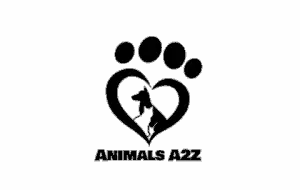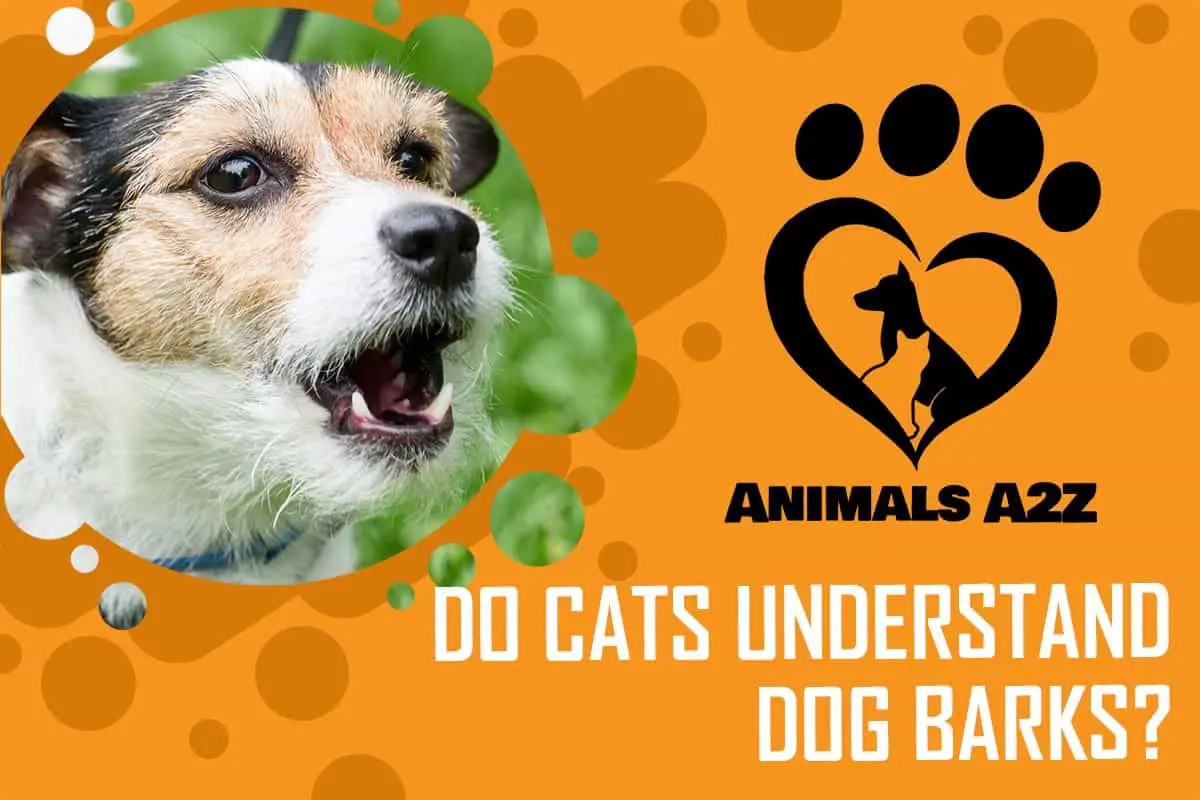You’ll probably wonder if dogs and cats can communicate or understand each other. You’re undoubtedly aware that animals have limited language capabilities, for they interact with the tone, the harshness of sound, and volume.
As well as humans, if it’s quiet, high pitch and soft they are friendly. If it’s high pitched hard and loud, it’s an alarm. If it’s low pitched, harsh, and loud, it’s a threat. That’s the case with all animals, with adjustments to the range of tones they can generate and the loudness.
Table of Contents
Do cats and dogs understand each other
Cats and dogs’ communication patterns are considered to be hereditary and instinctive, which means your cats and dogs should be able to only minimally communicate and understand each other, as they only have the ability to communicate with their species.
Yet, no one understands the exact degrees of communication that took place among or between cats and dogs.
Do you wonder if your cat and dog will ever become friends?
Communicate through body language
Both cats and dogs communicate skillfully through body language. Seeing your dog wagging its tail means it’s happy while a cat’s wagging tail might caution your dog to stay away. Meanwhile, a wagging tail could also mean other things in either of your pets. Along this line, it takes some cats and dogs longer to feel comfortable around each other when a new pet of different species is taken to your home. Your dog might see the action of a cat as a play invitation where your cat is boldly telling the dog off. On the contrary, your cat may notice your dog’s invitation as a sign of aggression.
Without a doubt, you’ll be glad if your kitten and puppy grow up together for they can learn each other’s body language; hence, it is easier to have a calm cat-dog home when you get each as a newborn or when they were still young.
How well do your cat and dog understand each other?
Your cats and dogs show how they feel in different ways by meowing, growling, or moving. When you’re hanging out with them, ensure to look out for these signs that show they can understand each other or could enjoy each other’s company. The first sign you should look out for is barking. Your dogs could be feeling threatened by the cat, or they may not understand precisely who this feline is when your dog is barking at the cat.
Furthermore, the cats and dogs may not understand precisely what comes out of each other’s mouth; they are usually intelligent to interpret what they mean. They can often explain what they are trying to say between the mix up of sounds and body movements.
The feline may hiss at the dog if it tries to get close to your kitty cat, and the cat isn’t exactly feeling welcome about that idea. Your cat may, at once, begin to strike its paws at the dog, telling them they are not happy about the dog’s behavior. If your dog understands this behavior correctly, they may communicate back by flattening their ears and backing away. You can’t tell precisely where the barrier truly is between what they can and cannot understand.
Common Asked Questions
Why does my cat meow when my dog barks?
Perhaps your feline needs to be part of that barking action when the dog is doing so. Your cat wants to bark with the dog, but it comes out as “meow” or could be your cat is telling your dog to hush up.
On the contrary, cats don’t bark in the sense dogs do. They can have a different “meow” or vocalization. Your cat can make a “ruff” sound similar to a small dog bark when trying to expel a hairball. This is usually what happens while grooming. They ingest some hair and need to purge it. Your pet cat could also be dehydrated, making their “meow” sound hoarse and deeper. It could cause allergies. They can have seasonal allergies or be allergic to a food ingredient. Watch out and visit your vet if you have allergies.
Why do dogs bark at cats?
Dog eyes do not have a highly developed color and light sensors as humans do; however, dog eyes have better-developed motion sensors. Whenever your dog sees something small moving quickly, it becomes incredibly excited. Your dog also would be trying to protect its territory, as it sees the cat invading. Your pet might also view the cat as prey, though dogs rarely cats.
How do cats communicate with dogs?
Interaction between your cats and dogs would fascinate you. Although individual personality, breed, and experience are factors that can affect communication, consider these common ways your pets get signals crossed to each other’s interaction such as shrieks, eyes, whiskers and mouth, grooming, and resting.
These vocalizations are universal across species. Your cats and dogs should at least recognize these signals of pain, fear, and aggression. Time and again, both species blink frequently and softly to communicate that they mean no harm or are pleasant, and both stare keenly as a challenge or threat.
When fearful, both your cats and dogs show the whites of their eyes, commonly called “whale-eye.” Canines and felines both have tension in their mouth area when they’re aggressive. Humans often do this too! Your whiskers are pushed forward when threatened or aggressive. You’ve got a pair of best friends if you see your cat and dog groom each other. If your cats and dogs are lying down and relaxing near each other, point to comfort. Also, your pets are more comfortable with each other when they are closer together. How adorable is that?
Conclusion
There is a sincere pleasure in observing two different species communicating with one another through various noises, which may indicate aggression, fear, or pain, and the sounds may differ. However, they understand one another’s meaning.


